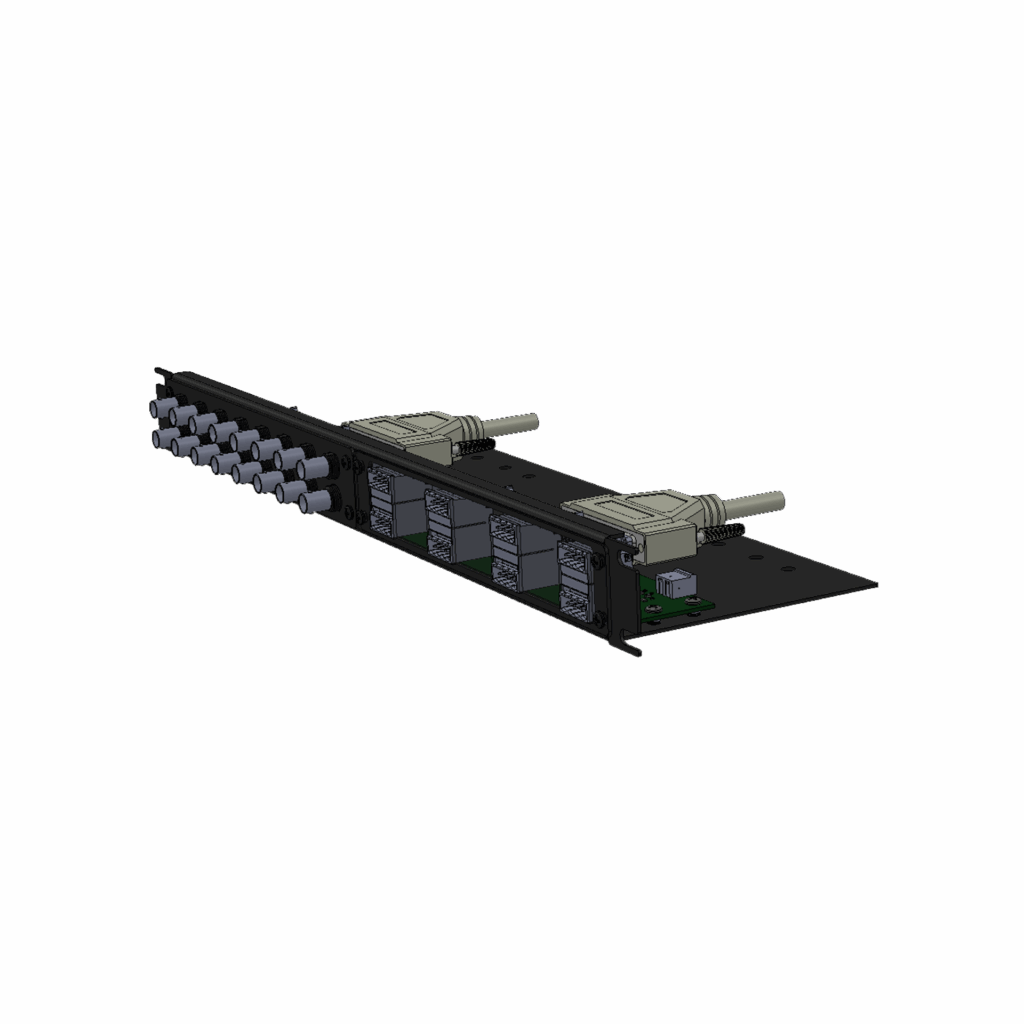OP8210
The OP8210 1U rackmount chassis is an interface connector designed to be used with an OPAL-RT simulator to provide a simple interface between the simulator’s DB37 connectors and external devices.
FAQ
Find the answers to your questions
What is the OP8210 I/O adapter used for?
The OP8210 is our compact I/O adapter designed to streamline connectivity between OPAL-RT simulators and external devices. Housed in a 1U rackmount chassis, it provides a simple and efficient interface for memory-mapped I/O connections through DB37 connectors, making it ideal for real-time testing environments.
How does the OP8210 support memory-mapped I/O integration?
Our OP8210 adapter simplifies memory-mapped I/O integration by acting as a direct link between the simulator’s internal architecture and external hardware. This allows real-time data exchange without the need for complex custom wiring, ensuring low-latency, high-speed communication in demanding HIL setups.
Can the OP8210 handle both memory-mapped and I/O-mapped configurations?
Yes, the OP8210 is designed to support both memory-mapped and I/O-mapped configurations. This flexibility ensures compatibility with a wide range of simulation and testing requirements, providing engineers with the versatility they need when interfacing with external systems.
What makes the OP8210 different from other I/O adapters?
The OP8210 stands out due to its robust yet compact design, tailored specifically for OPAL-RT simulators. It enables seamless integration of memory-mapped I/O, reduces setup complexity, and offers a reliable, standardized interface that accelerates system deployment in real-time simulation environments.
Where can we find more technical details or support for the OP8210?
You can consult the OP8210 user guide for in-depth technical specifications and setup instructions. Additionally, our Support Center and Customer Portal provide access to helpful articles, manuals, and the ability to open support cases, ensuring you have everything you need for successful integration and use.
